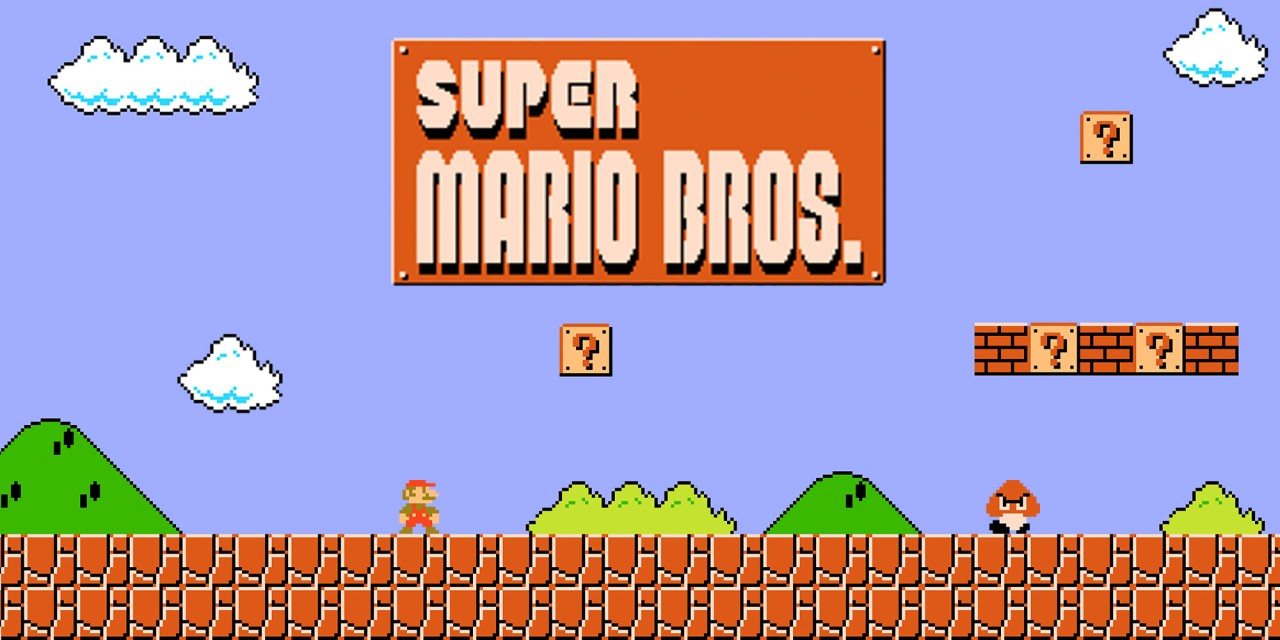"The industry needs to slow down": a day in the life of Ali Martín Filsoof
Design Dept's founder discusses building culturally relevant brands and the importance of taking your time.
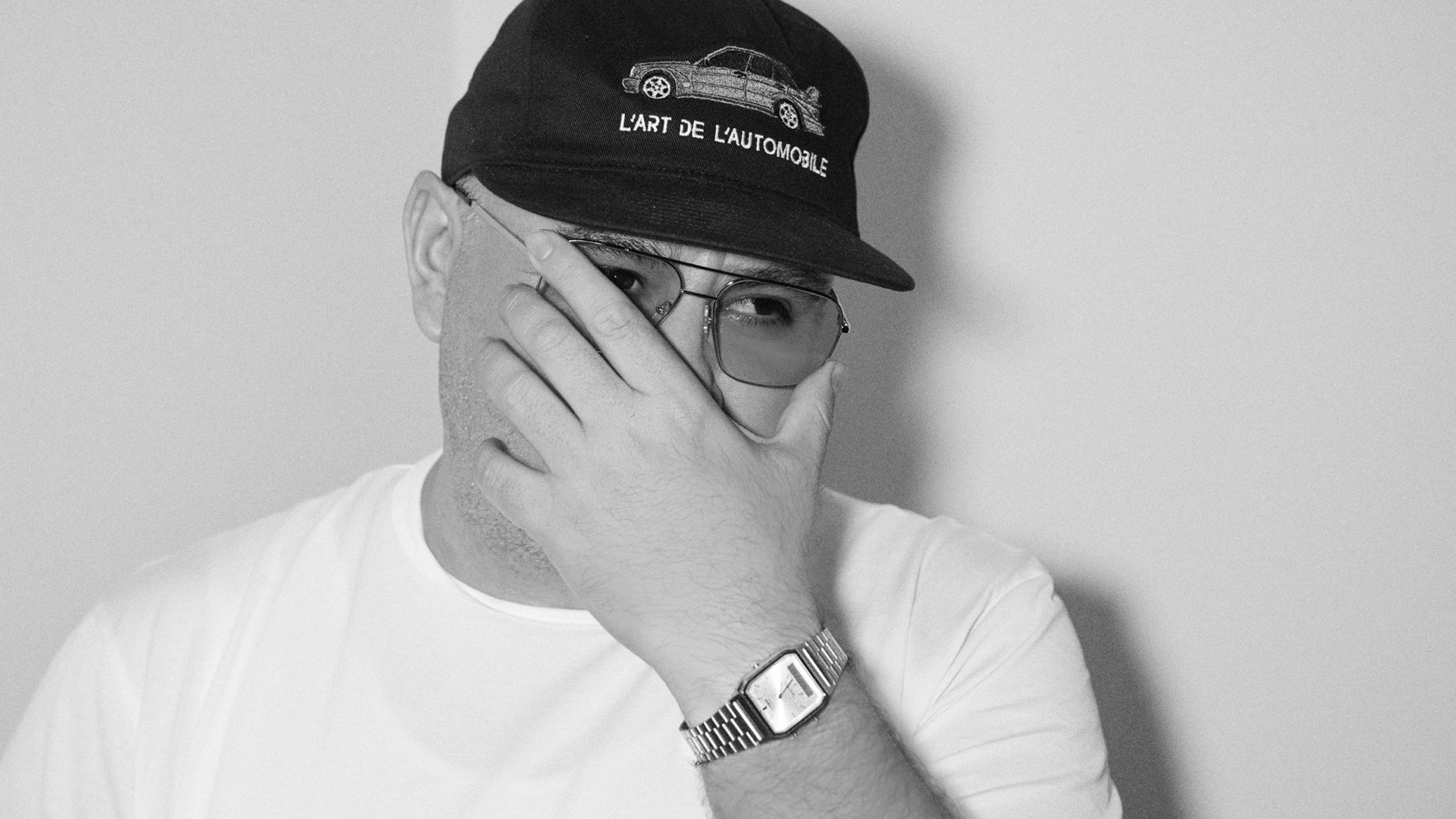
Ali Martín Filsoof is the founder of Design Dept, an LA-based creative studio specialising in brand strategy, design, and packaging. Taking inspiration from Japanese and Swiss design, the studio has a distinct minimalist aesthetic that cuts through the clutter of contemporary branding, emphasising nuanced and purposeful design.
Influenced by his upbringing in Tehran and Lima, Ali possesses a unique eye for cultural relevance. After moving to California at age seven, he went on to study graphic design at SDSU, honing his craft at agencies like Phenomenon and Cahan & Associates. As part of our Day in the Life series, I caught up with Ali to discuss his creative inspirations and the value of time for curating your craft.
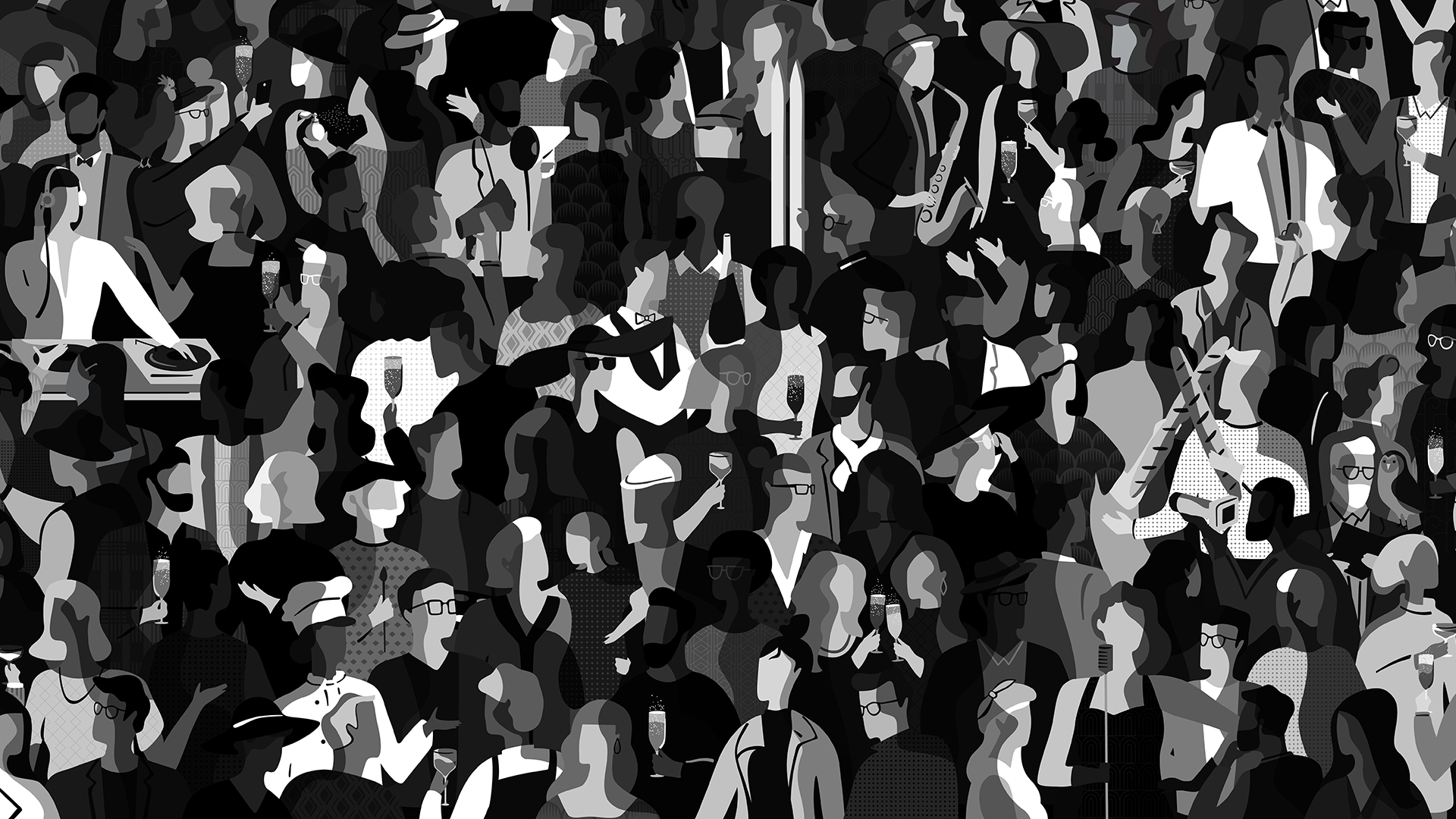
Could you walk me through a typical day in your role?
Having recently launched my branding and design studio, Design Dept, I wear a lot of hats on any given day. Here’s how it usually unfolds:
7:00 — Catch up on emails (Account Director hat)
7:30 —Cinnamon cappuccino, everything bagel, design news feed
8:00 — Add to our Design Dept studio Spotify playlists (DJ hat)
9:00 — Focus on new business outreach (New Business hat)
10:00 — Dive into client projects—concepting, designing, and leading meetings (Creative Director and Designer hat)
14:00 — Lunch break, ideally outside in the Los Angeles sun
17:00 — Review creative work with my rock star designer (Creative Director mode, again)
19:00 — Wind down with Chef’s Table (Foodie hat)
00:00 — Scroll through social channels to stay tapped into culture
01:00 — Finally, sleep
No two days are the same, but that mix of creative focus, business strategy, cultural curiosity, and caffeine keeps the studio moving forward.
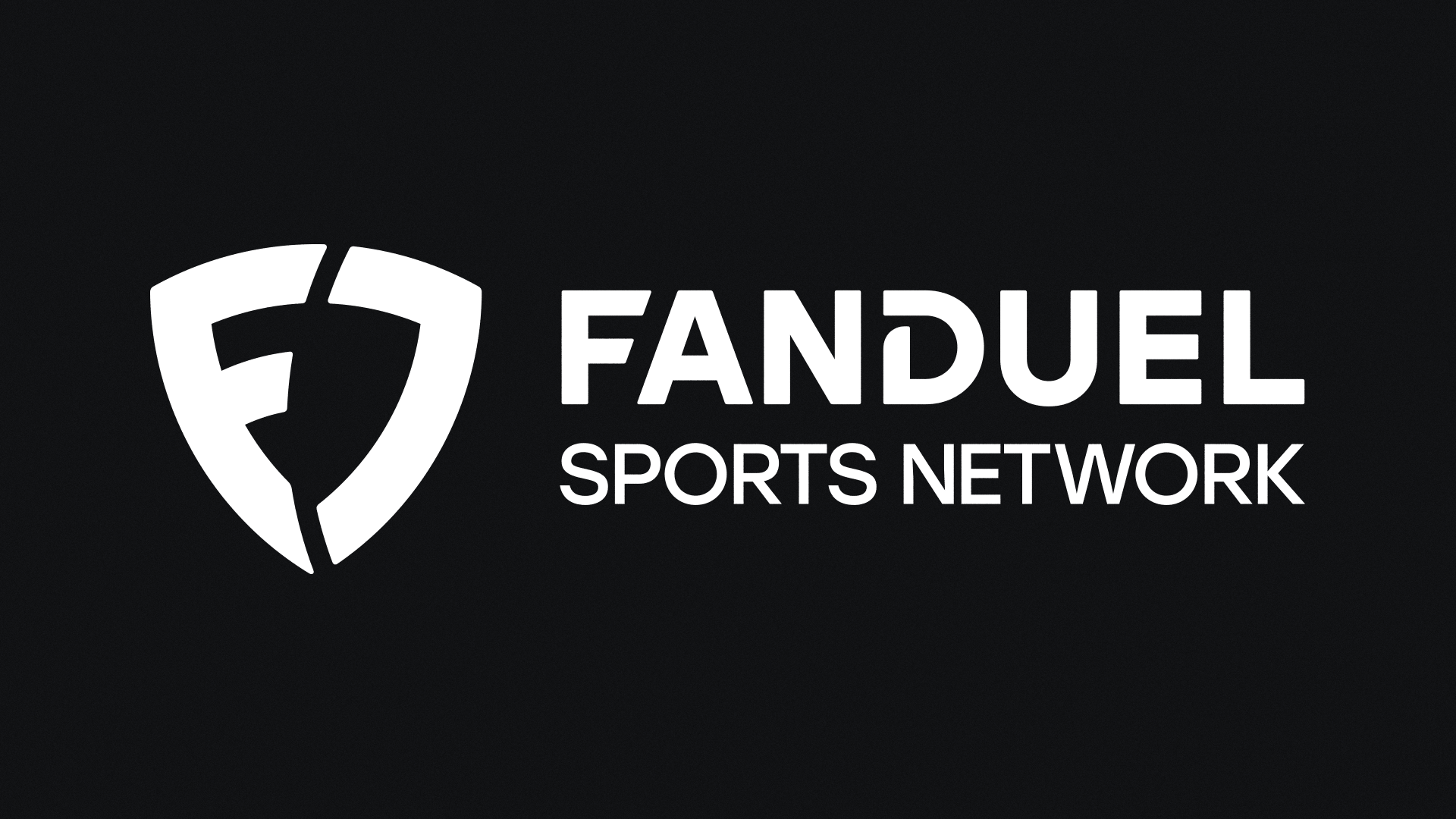
How did your upbringing in Tehran and Lima influence the way you approach branding?
Growing up across Tehran, Barranco, and Los Angeles gave me a layered perspective that shapes how I approach branding. In Tehran, I was surrounded by intricate craftsmanship, from Persian calligraphy and geometric tilework to handwoven Persian carpets, all rooted in tradition and symbolism.
In Barranco, I experienced bold murals, street photography, and a colourful, instinctive approach to expression. Later, Los Angeles introduced me to gritty street culture, global design thinking, with its mix of modern architecture, diverse cultural influences, and a spirit of constant reinvention. These three places taught me to balance structure with spontaneity, and to combine tradition with fresh perspective – lessons I carry into every brand I work on at my studio.

How do Japanese and Swiss design inspire Design Dept’s work?
We live in a world of chaos with devices glued to our hands and lives. We are constantly distracted by various media. When building branding systems, we have to figure out ways to cut through all that noise in a distinct manner. Once we have unearthed a strategic truth about a brand, we can then bring it to life in a minimal manner.
There is power in a distinct colour palette, typography and the use of white or negative space, which allows the messaging, imagery or illustration to do the storytelling. My professor, Tevfik Fikret Uçar, who was a visiting scholar at the SDSU School of Art and Design, introduced me to the work of Josef Müller-Brockmann. To this day, we use grid systems to give order to all our compositions. There must be visual order to everything we do, and on occasion, breaking the grid to add some tension to a composition.
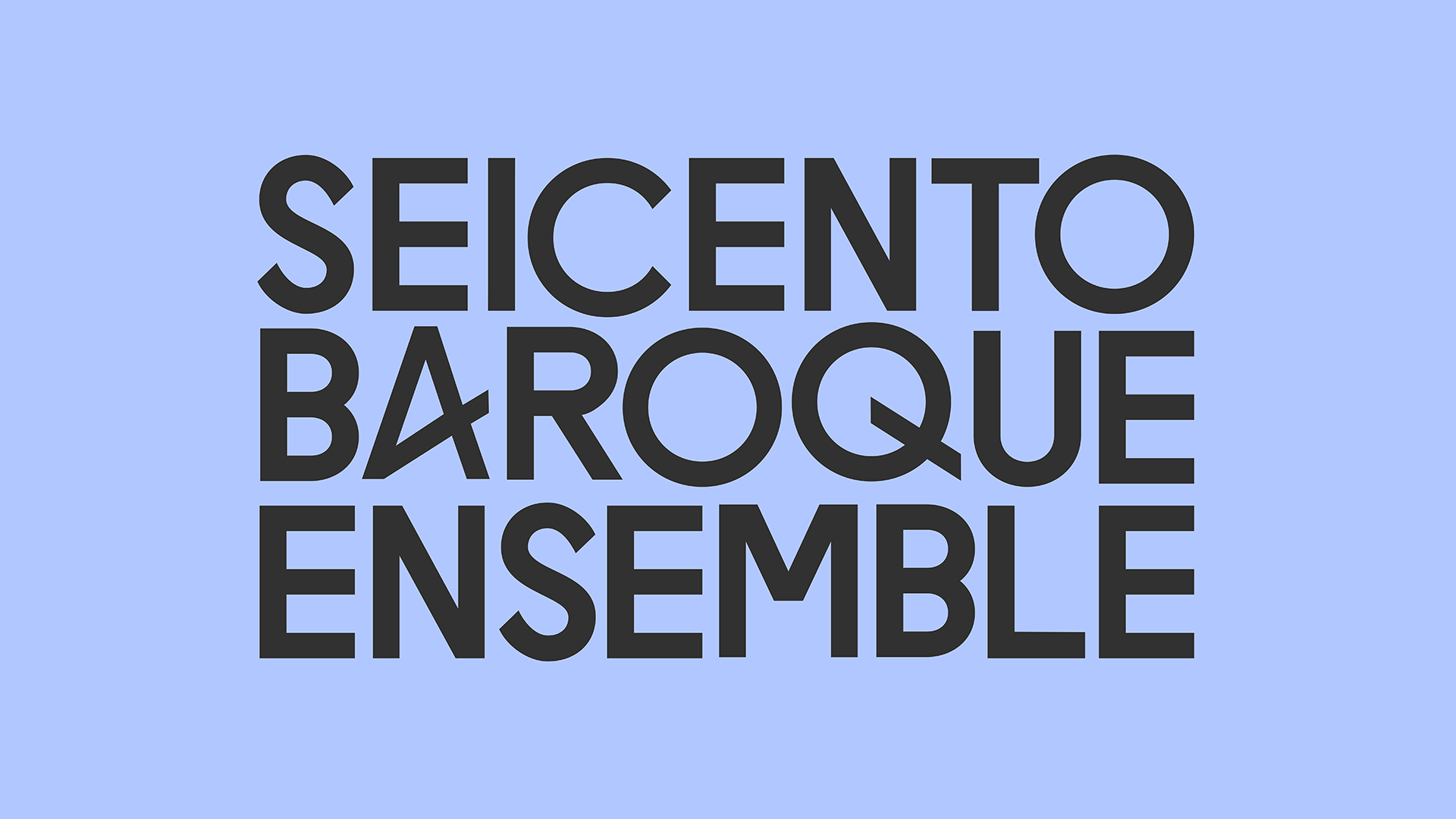
Tell me about a tricky work-related challenge and how you approached it
A former client of ours had initially come to us for a small project: a simple postcard design. However, as we had deeper conversations, it became clear that they needed much more than a one-off design. They were at a turning point and lacked a clear brand story or strategic direction. Rather than overwhelm them, we reframed the discussion around their business goals and how they wanted to be perceived.
That shift in perspective opened the door. What began as a small design request evolved into a multi-year partnership, during which we led their strategic positioning, developed a comprehensive brand narrative, and impacted every aspect of the business, including identity, photography, merchandise, interior design, and customer experience.
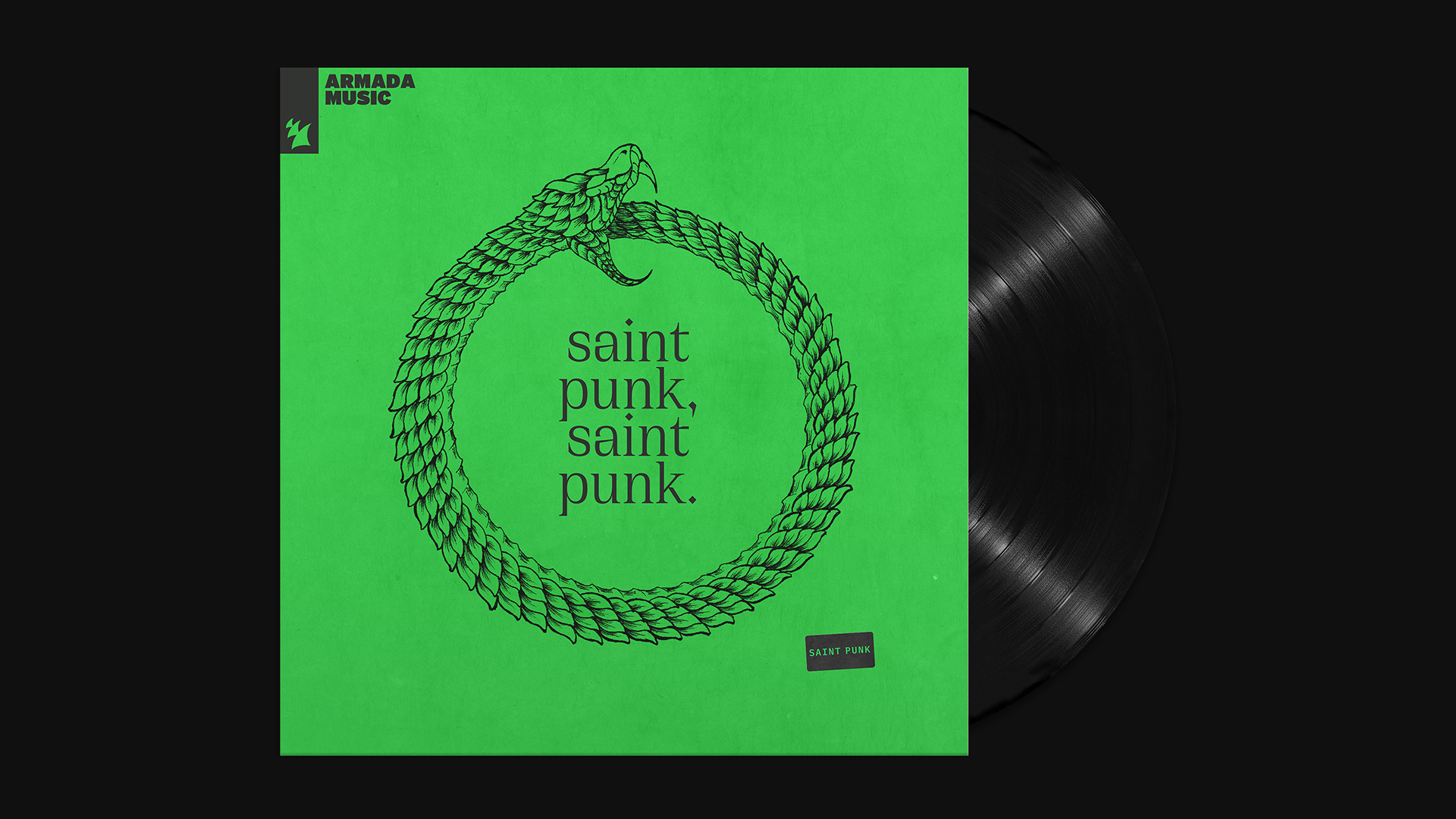
Which project are you most proud of and why?
The project we are most proud of is our work with fatty15. We helped shape the brand from the ground up – starting with strategy, positioning, and narrative, then bringing it to life through visual identity, packaging, digital experience, and photography. What makes it truly special is the deep trust and collaboration we have with the founders.
We weren’t just designing a brand – we were helping define a new category in longevity supplements, advancing a vision for science-backed healthy ageing. Watching the brand thrive and resonate with such a passionate, nerdy do-gooder community has been incredibly rewarding.
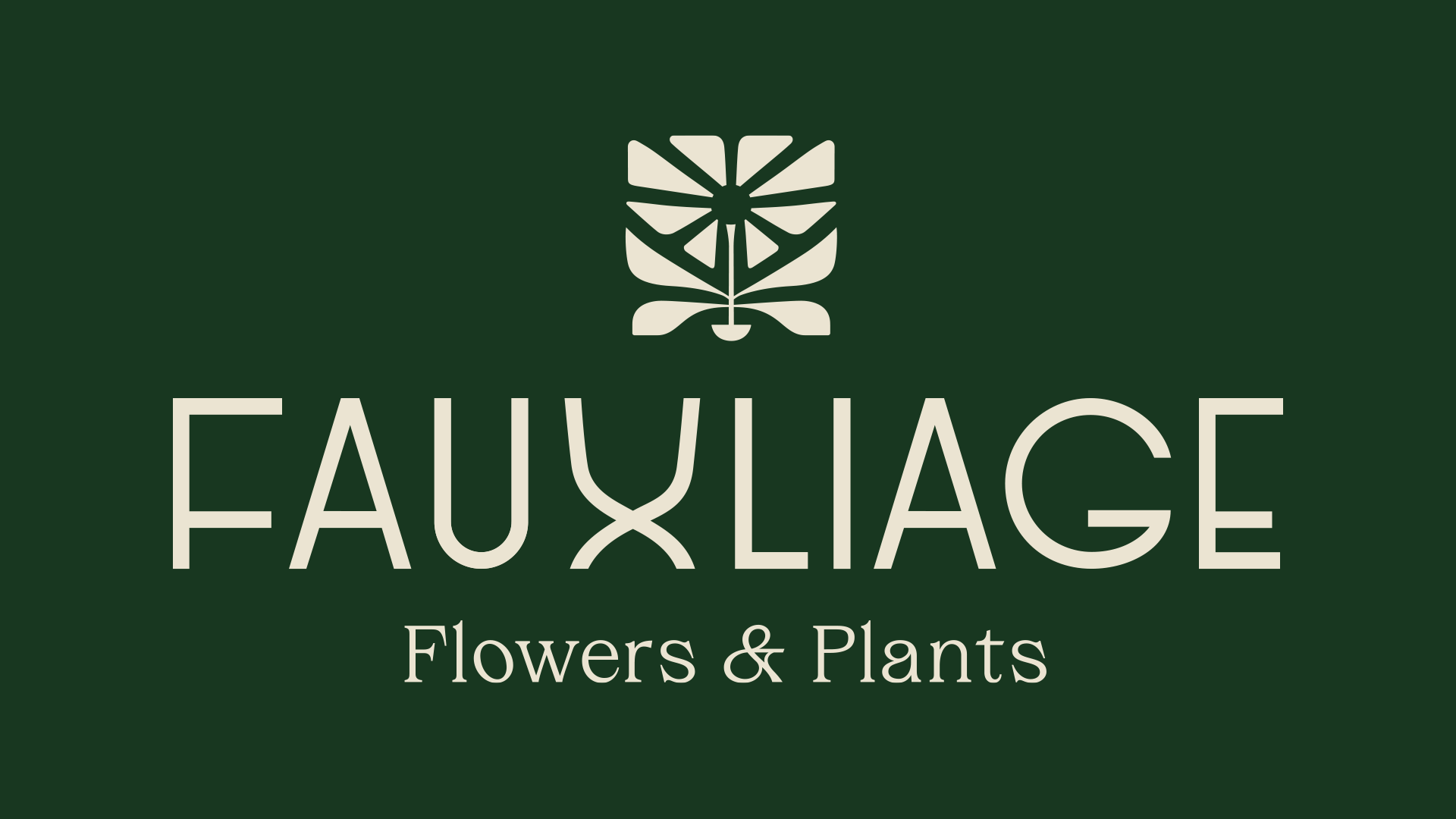
How inclusive is the design industry in 2025?
I think the design community has always been open and welcoming, but there’s still room to grow when it comes to access. I’d love to see more initiatives that connect with inner city communities, where exposure to graphic design as a career path is limited. Inclusion starts with visibility, and we need to do more to reach the next generation of talent where they are.
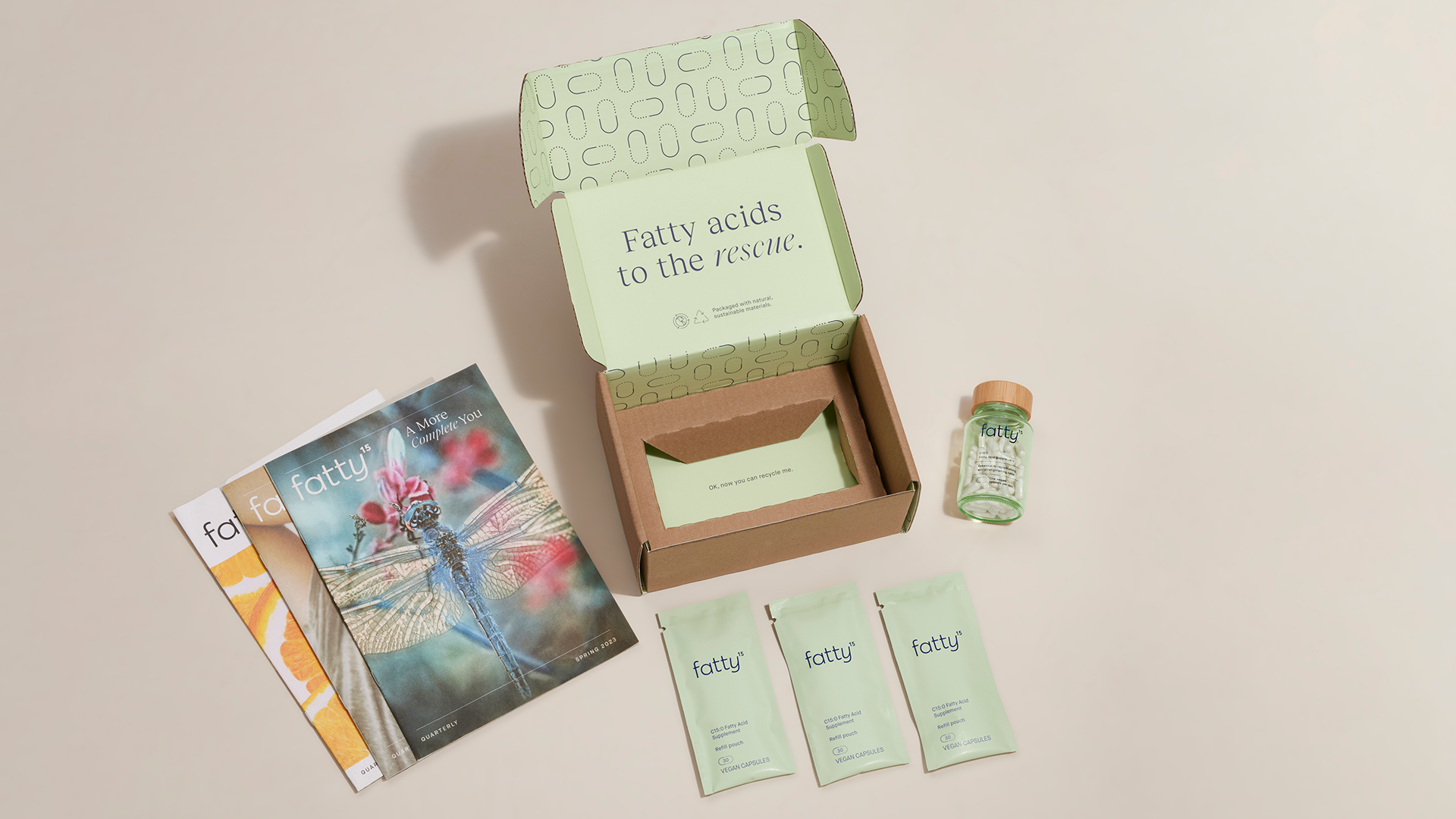
What do you think the industry needs to improve?
The industry needs to slow down. There’s too much emphasis on speed and output, and not enough on depth, clarity, and craft. Great work takes time – time to think, to experiment, to collaborate.
We also need to spend more time learning where design comes from. Graphic design has a rich history, and understanding it gives our work context, meaning, and longevity. If we want to make work that lasts, we have to protect the space to think and the discipline to study it.
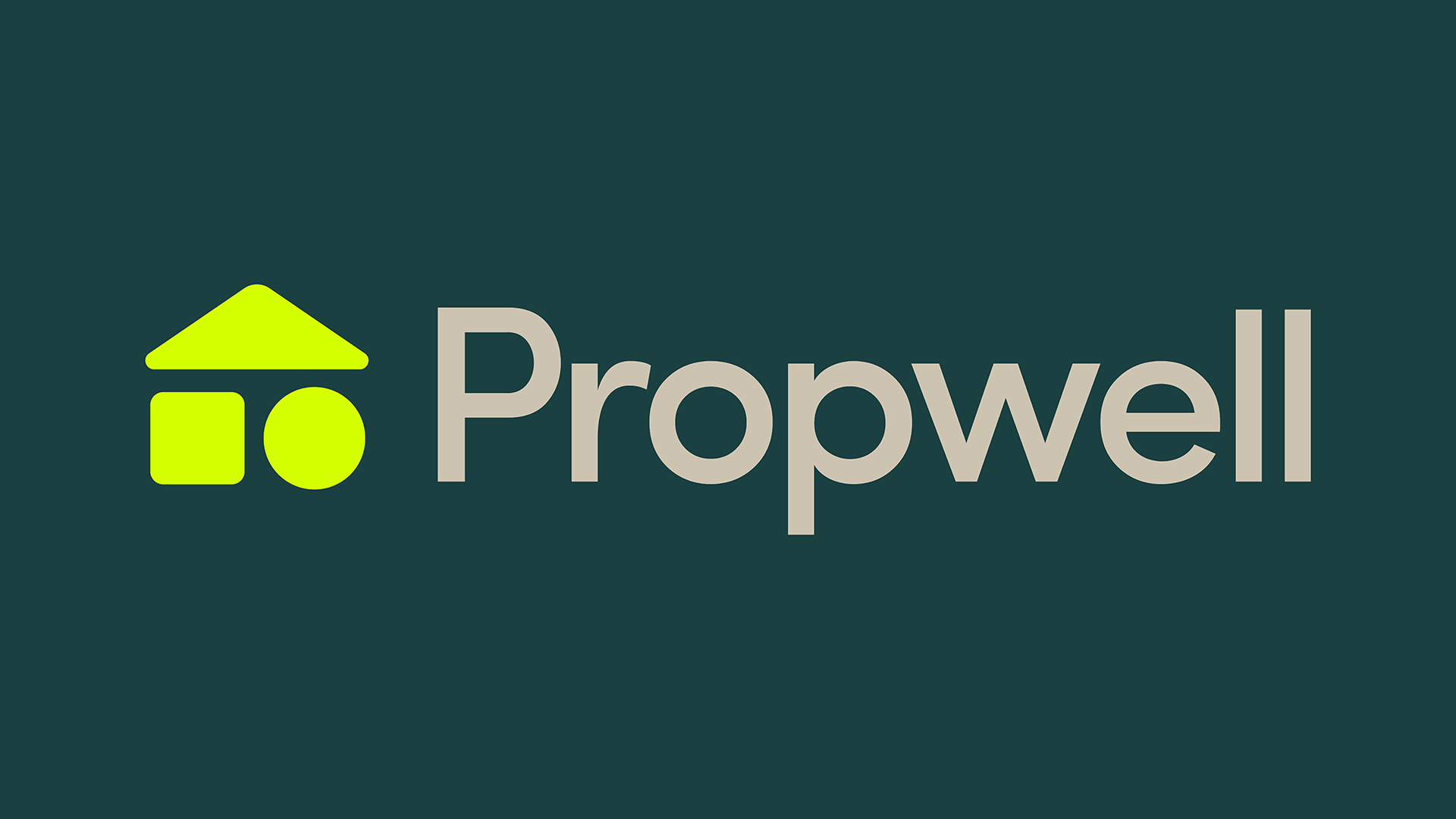
What’s your branding pet peeve?
The rise of Canva templates and AI-generated identities passed off as real branding. These approaches often skip strategy, story, and soul. Timeless branding takes in-depth research, dialogue with all the stakeholders involved, and meticulous design craft. There is no shortcut for that, and brand identities can not be done in a day or even a week, as a lot of folks are promising to clients today.
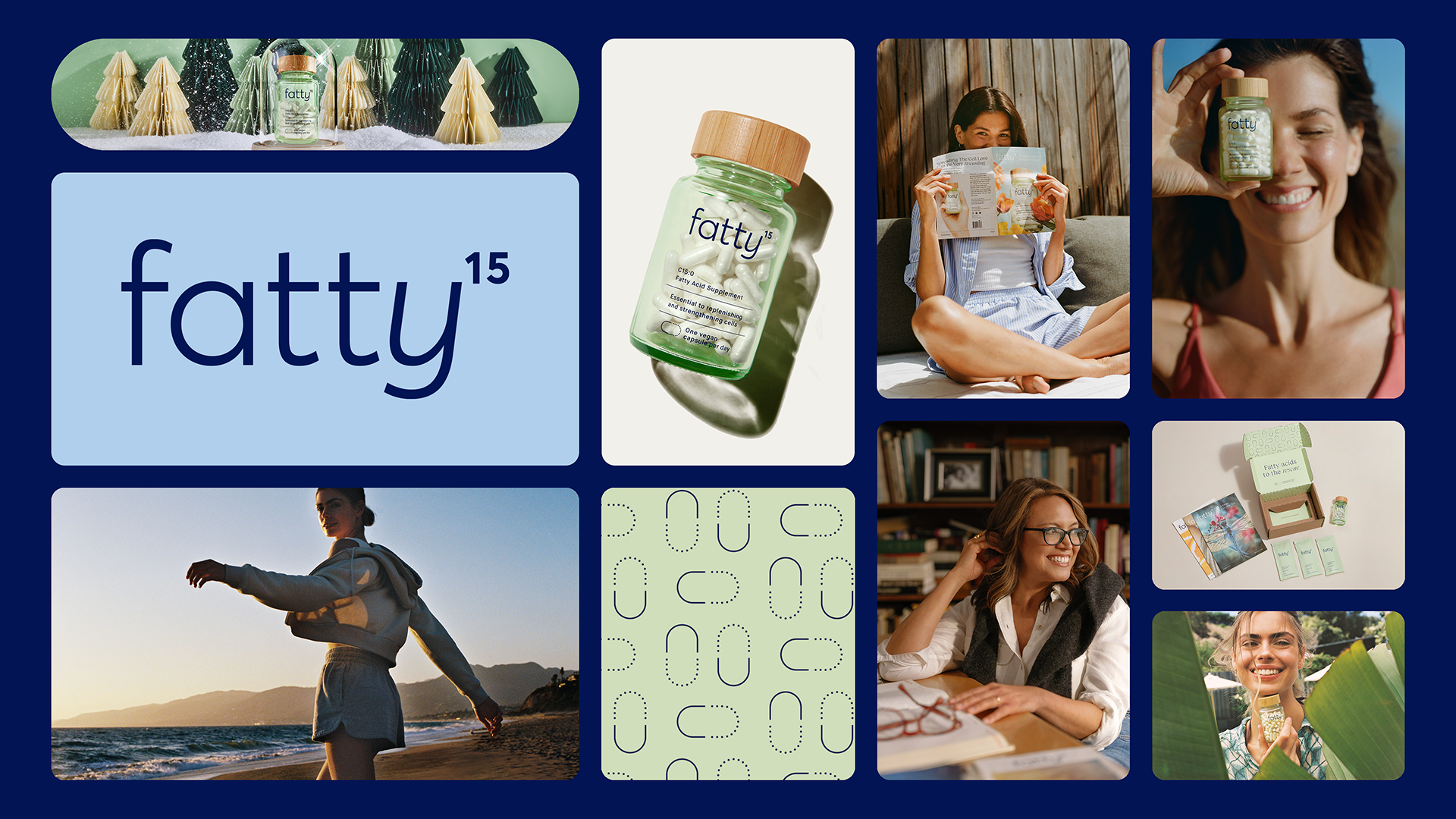
What are your favourite tools?
The tools our studio uses most on a daily basis are Figma, Illustrator, Photoshop, InDesign and ChatGPT. (And we love to stream music on Spotify.)
What’s your dream project/dream client?
We are drawn to projects that bring design into everyday life: hotels, museums, restaurants, and coffee shops. These spaces become cultural touchpoints when the branding is thoughtful and immersive. We also believe great design shouldn’t be a luxury.
After spending time in Mexico City’s Roma Norte neighbourhood, we are hoping to do pro bono identity work for street vendors, especially taco and quesadilla spots. If you know someone, let us know.
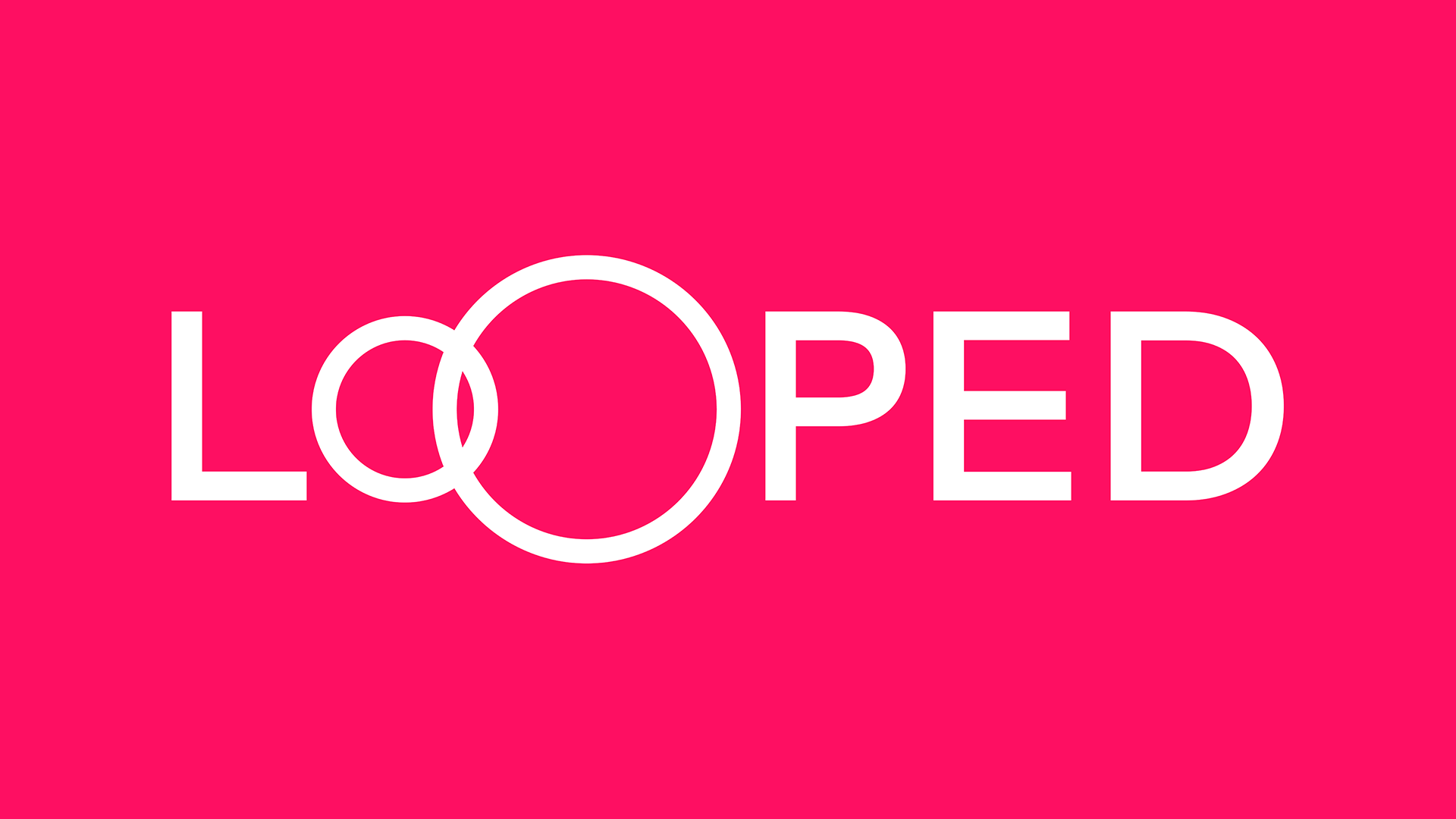
What career advice would you give your younger self?
Every moment, whether challenging or rewarding, is a lesson. It’s all part of the journey that sharpens your craft and shapes your creative path. There will be a ton of distractions that cross your path, no matter the challenge, I’ve learned to keep moving forward with purpose and an open mind.
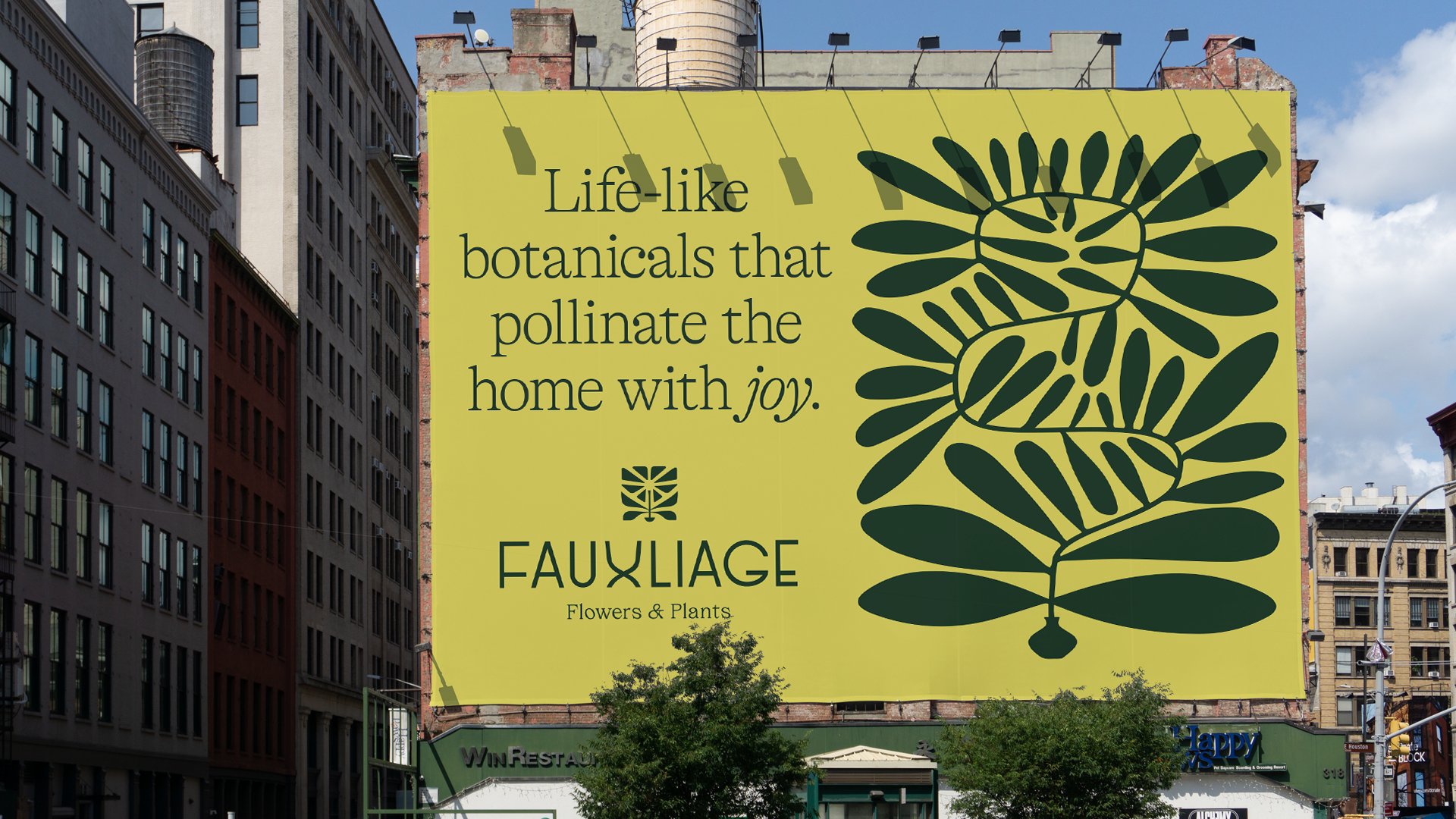
Anything else to add?
If there’s one thing I’d add, it’s this – curiosity isn’t just a trait, it’s a daily practice. It keeps the work alive and keeps me growing, both as a designer and as an entrepreneur.
One quote I live by comes from Anthony Bourdain: “Travel is not a reward for working, it’s education for living.” I believe that deeply. Whether I’m travelling, designing, or having conversations like this, I’m always learning. That mindset has shaped everything I do.
Daily design news, reviews, how-tos and more, as picked by the editors.
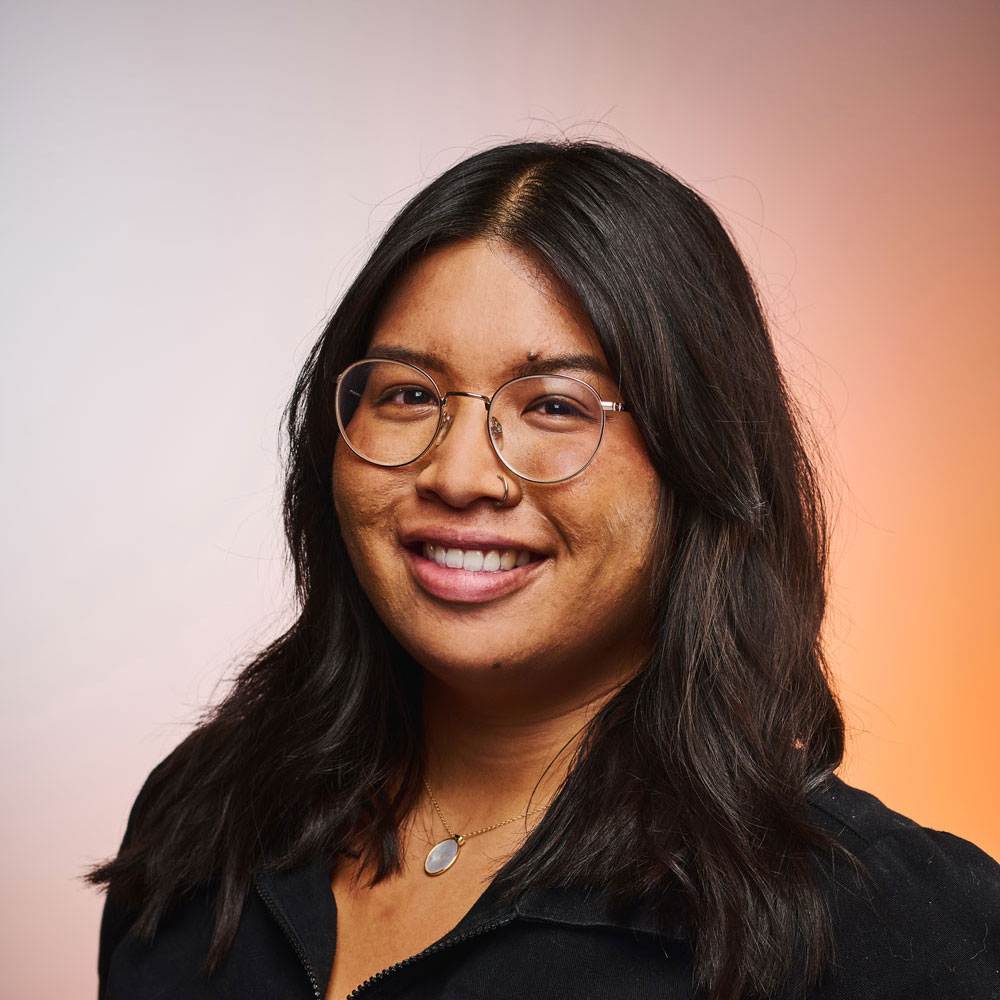
Natalie Fear is Creative Bloq's staff writer. With an eye for trending topics and a passion for internet culture, she brings you the latest in art and design news. Natalie also runs Creative Bloq’s Day in the Life series, spotlighting diverse talent across the creative industries. Outside of work, she loves all things literature and music (although she’s partial to a spot of TikTok brain rot).
You must confirm your public display name before commenting
Please logout and then login again, you will then be prompted to enter your display name.
